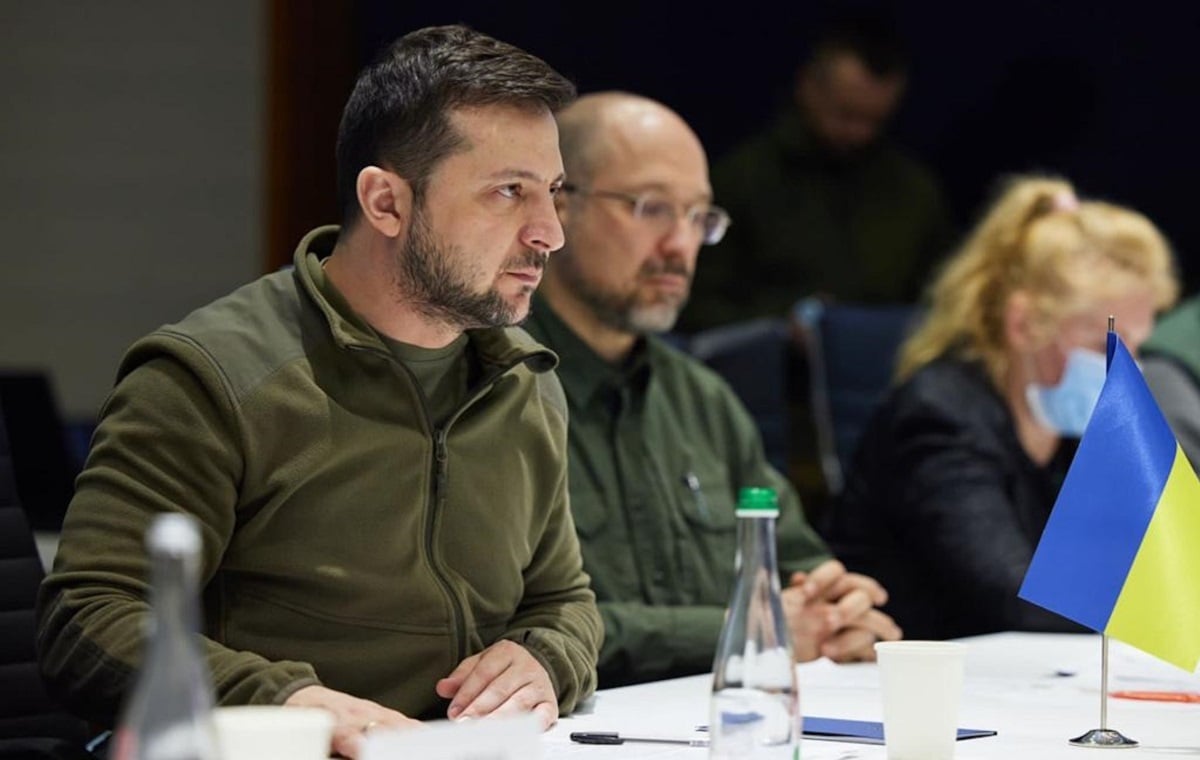At the beginning of the 21st century, the American investment bank Goldman Sachs presented economic forecasts for the coming decades, which indicated that several more countries would achieve world power status.. When formulating their predictions, the bank’s analysts used the BRIC concept. They then referred to a concept used by British economist Jim O’Neill in the context of the world’s fastest growing countries. In its initial use, the term BRIC meant a group of four countries that, according to experts, would become global powers by the mid-21st century and join the world leaders in terms of economic development..
The name is made by combining the first letters of the official names of the countries. These are: Brazil, Russia, India and China.. Initially, the function of this concept was only theoretical, because there was no formal agreement between the interested parties. It was not until 2006, on the occasion of the UN Summit, that the first joint meeting of the foreign ministers of the BRIC countries was held in New York.. Since then, the conference has been held once a year. The host is chosen from among the alliance members.
After five years, thanks to the addition of other countries, the organization transformed into the BRICS alliance. The Republic of South Africa (South Africa) then joined the BRICS countries, and since then the organization has operated without changes.
Characteristics of the BRICS countries
Despite their developing country status, the BRICS countries are very different from each other, both historically and culturally.. However, dialogue at the highest levels of government shows that pursuing a coherent policy in the international arena in the name of common interests is possible.
- Brazil is the largest country in South America and the fifth largest in the world in terms of land area. It is the country with the best and fastest growing economy on the continent. Brazil is one of the ten largest economies in the world. The country is a major producer of energy from renewable sources, as well as the world’s largest producer of coffee, sugar cane, and citrus.
- Russia is the largest country in the world, playing a major political and economic role in the international arena. It has the largest natural resources in the world. It is a major producer of crude oil, natural gas, coal, and timber. Social inequality is a major problem in Russia. On the one hand, according to official data at the end of 2020, the 22 richest people in the country had wealth equivalent to 21.6%. Russia’s GDP. On the other hand, as many as 20 million people (almost 14%) live in poverty.
- India is the second most populous country in the world (1.36 billion). Until recently, they were considered to be a third world country, but now they are included in the group of developing countries. They are rich in natural raw material resources – iron ore, hard coal, crude oil, manganese, copper and titanium. Although there have been great efforts in recent years to reduce the number of people living in extreme poverty, it is still the biggest social problem in the country and affects more than 20 percent of the population.
- China is the most populous country in the world (1.42 billion). They are the second largest economy in the world after the United States. According to the unanimous opinion of experts, in the early 2030s, the superpower will change places. The Asian tycoon has built his position mainly thanks to the great opportunities in technological development and foreign investment over the past decades. The true image of the country may be distorted by government propaganda because China is still a socialist republic.
- South Africa is the country with the largest and fastest growing economy in Africa.. The company has built its position primarily in the mining of gold, diamonds and coal, and has become a leading exporter in this field on a global scale. Despite its status as a developing country, according to official data from 2019, in South Africa 56 percent of the population lives in poverty (less than USD 3 per day), and unemployment is almost 29%.
The aims and objectives of the countries that form BRICS
The main goal of the BRICS countries is to gradually increase their importance in the international arena, especially in relation to the world’s largest countries. The most important tasks of the group include:
- accelerating economic growth in developing countries,
- economic independence of developed countries,
- improving the negotiating capacity of developing countries in their relations with world powers,
- diversify the international monetary system and end the dominance of the US dollar,
- cooperation in the field of energy security,
- The UN reform consists of expanding the composition of the Security Council,
- developing the middle class by imposing social responsibility on companies,
- limiting the profit maximization of the largest private investors,
- dialogue of civilizations – the BRICS group connects countries from different cultural backgrounds, which helps build positions during international talks.
The BRICS countries act as a counterweight to the United States, Japan and the European Union, so their voice on the international stage is very strong.. This means that cooperation between very different countries in many respects is progressing year by year and covering a wider range of issues.

“Reader. Future teen idol. Falls down a lot. Amateur communicator. Incurable student.”

![Bogusław Wołoszański: “Achieving nuclear weapons would be the beginning of World War III” [WYWIAD]](https://storage.googleapis.com/bieszczady/rzeszow24/articles/image/877236c0-66fd-457a-9eb4-41792f9077ff)




